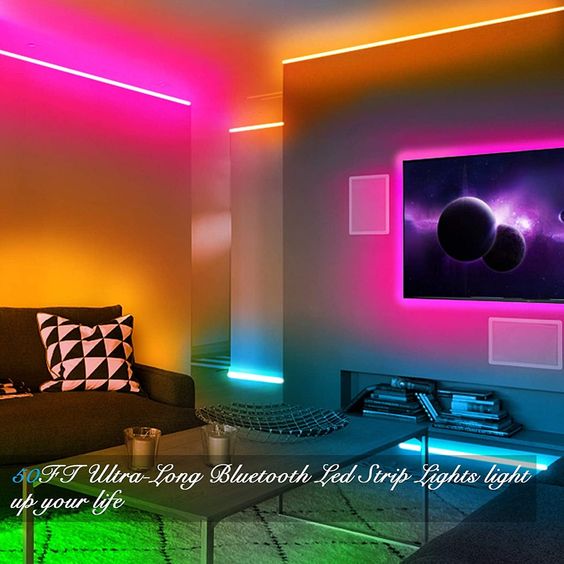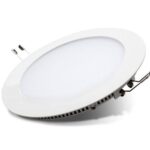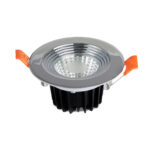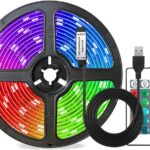DIY Guide: Installing RGB Light Strips Like a Pro
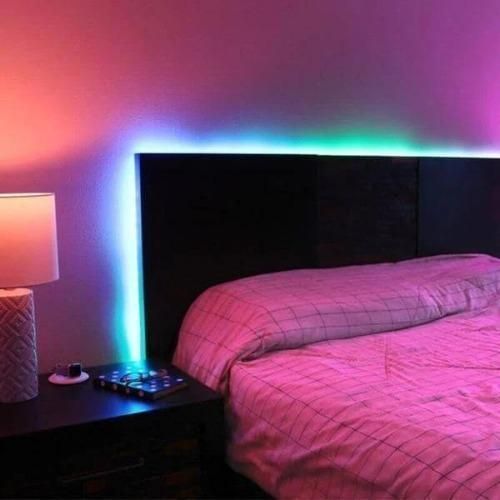
Introduction
RGB light strips are flexible, adhesive-backed strips that contain individual red, green, and blue LED lights. By combining these primary colors in various intensities, RGB light can produce a wide spectrum of colors, allowing for endless customization possibilities.
Understanding RGB Light Strips
What are RGB Light Strips?
RGB light consist of multiple LED lights arranged along a flexible circuit board. These lights can be controlled individually or as a group, giving you precise control over color and brightness.
Types of RGB Light Strips
RGB light come in two main types: standard and smart.
- Standard RGB Light Strips:
Standard RGB light IS the classic form of RGB lighting. These strips require a separate controller to operate. The controller allows users to manually modify the color, brightness, and lighting effects. Standard RGB light strips are an affordable way to add colored accent lighting to a variety of areas.
- Smart RGB Light Strips:
Smart RGB light include built-in technology that allows them to be controlled remotely via a smartphone app or a smart home system. These strips have advanced capabilities like voice control, scheduling, and compatibility with other smart devices. Smart RGB light are great for consumers who wish to tailor their lighting experience while also enjoying the ease of wireless control.
Both types of RGB light strips offer versatility and can be used to create stunning visual effects in homes, businesses, and entertainment spaces. Whether you prefer the simplicity of standard RGB light or the convenience of smart technology, there’s a solution available to suit your needs.
Benefits of Using RGB Light Strips
- Create Custom Lighting Effects
- Energy-Efficient
- Easy to Install and Maintain
Planning Your Installation
Before you begin installing RGB light, it’s essential to plan out your installation carefully.
- Choosing the Right Location.
Consider where you want to place the light strips and how you want to utilize them. Popular spots include beneath cabinets, along shelves, and behind furniture.
- Measuring and Estimating Length
Measure the length of the area where you intend to put the light strips and determine the total length of strips required.
Gathering Necessary Tools and Materials
To install RGB light , you’ll need a few basic tools and materials.
Tools Required
- Scissors
- Tape Measure
- Wire Cutters
- Screwdriver
Materials Required
- RGB Light
- Power Supply
- Controller
- Connectors (if needed)
Preparing the Installation Area
Before installing the light strips, be sure to thoroughly prepare the installation location.
- Cleaning and Preparing the Surface
Clean the surface where you intend to install the light strips to ensure optimum adherence. Clean any dust, filth, or grease using a light detergent and water.
- Ensuring proper ventilation
Make sure the location where you’re placing the LED strips has enough airflow to avoid overheating.
Installing RGB Light Strips.
It’s now time to install the RGB light, following these step-by-step instructions.
Step-by-step installation guide
- Measure and cut the light strips to the appropriate length.
- Peel the backing away from the adhesive strip on the back of the light strips.
- Press the light strips firmly onto the cleaned surface, making sure they are perfectly aligned.
- Connect the light strips to the controller and power supply according to the manufacturer’s instructions.
- Test the lights to make sure they are operating properly.
Tips for Secure Installation
- Do not bend or twist the light strips excessively.
- If necessary, use more glue or mounting clips to provide further support.
Testing and Fixing
- It’s crucial to test the light strips after installation to make sure they are operating properly.
- Verify that every connection is placed correctly and securely.
- Verify the power source and connections if the lights aren’t coming on.
- Make sure the controller settings are correctly adjusted if the colors are off.
Conclusion
Installing RGB light strips is a fun and creative way to enhance any space. With the right tools and materials, you can transform your home into a colorful oasis. Follow the steps outlined in this guide, and you’ll be well on your way to enjoying the benefits of RGB lighting.

